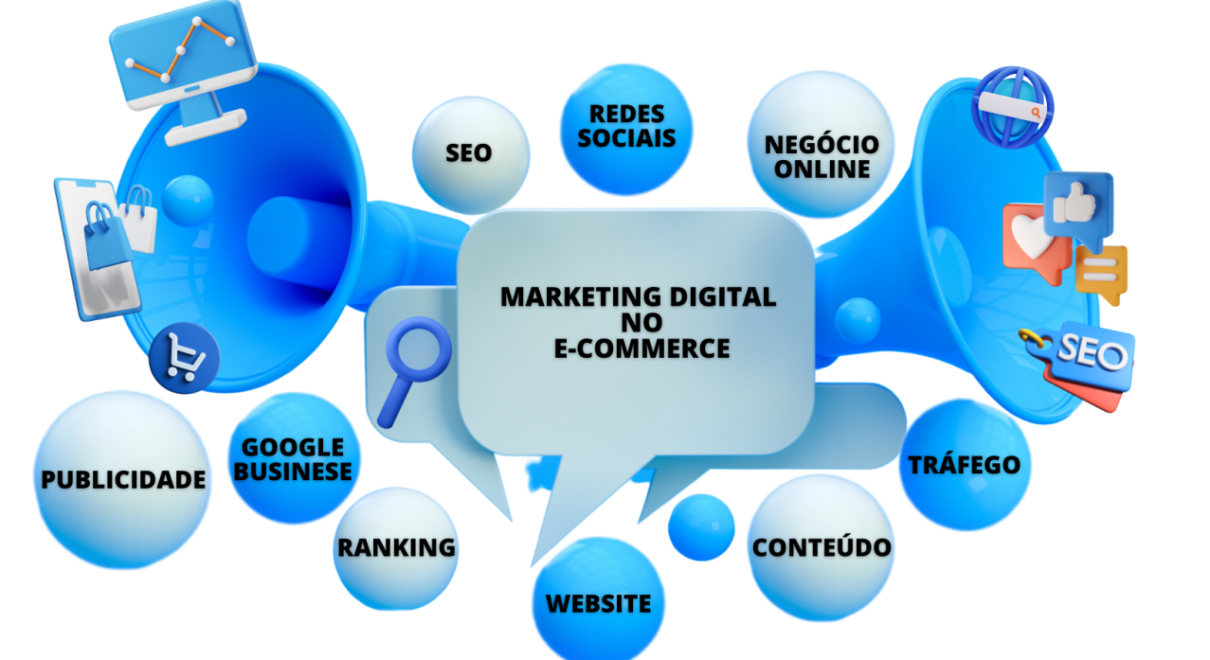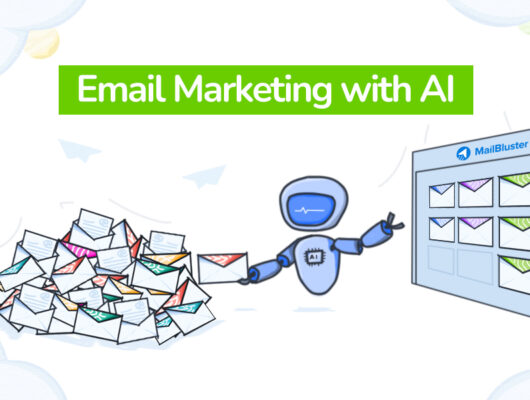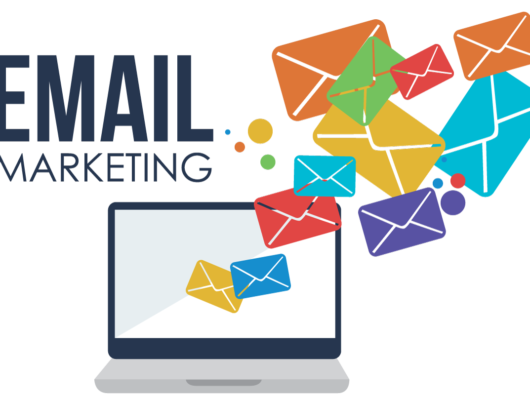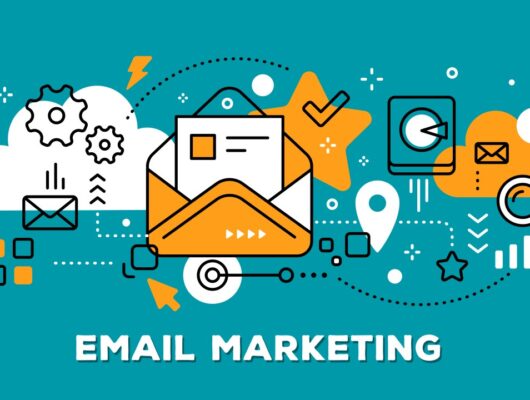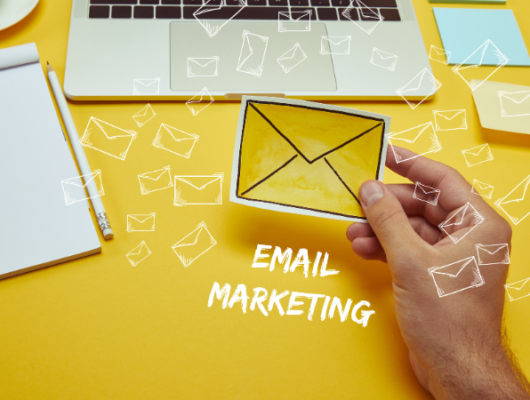In the fast-paced world of e-commerce, digital marketing is essential for reaching your target audience, driving traffic to your online store, and converting visitors into loyal customers.
With countless digital channels available, it’s crucial to use the right mix of strategies to create a successful e-commerce marketing plan.
In this article, we’ll explore key digital marketing strategies that can help e-commerce businesses boost visibility, increase engagement, and ultimately grow their sales.
1. Search Engine Optimization (SEO): Get Found on Google
SEO is one of the most powerful and cost-effective ways to drive organic traffic to your online store. By optimizing your website and content for search engines, you can improve your store’s visibility in search results, making it easier for potential customers to find your products.
- Keyword Research: Identify high-traffic, low-competition keywords that are relevant to your products. Use tools like Google Keyword Planner or SEMrush to find the best keywords to target in your product descriptions, category pages, and blog content.
- On-Page Optimization: Ensure that your product pages are optimized with keyword-rich titles, meta descriptions, and image alt texts. Your content should be informative, useful, and focused on solving customer problems.
- Technical SEO: Optimize the technical aspects of your website, such as page load speed, mobile responsiveness, and secure (HTTPS) connections. A fast, mobile-friendly website improves both SEO rankings and user experience.
- Content Creation: Regularly publish valuable content on your blog, such as how-to guides, product comparisons, and customer stories. These types of content can help attract long-tail traffic and build authority in your niche.
2. Pay-Per-Click (PPC) Advertising: Instant Traffic with Ads
Paid search advertising allows you to drive targeted traffic to your website immediately. With PPC campaigns, you can create ads that appear on search engines or social media platforms, helping you reach customers actively looking for products like yours.
- Google Ads: Use Google Ads to bid on relevant keywords that will trigger your ads when users search for related terms. Focus on high-converting keywords and set a budget that aligns with your sales goals.
- Retargeting Ads: Run retargeting ads to bring back visitors who didn’t convert on their first visit. By showing them ads for the products they viewed or added to their cart, you increase the chances of converting them into paying customers.
- Social Media Ads: Platforms like Facebook, Instagram, and Pinterest offer robust ad targeting options, allowing you to reach specific demographics, interests, and behaviors. Use eye-catching images and compelling copy to drive traffic to your store.
3. Email Marketing: Build Relationships and Boost Conversions
Email marketing is a powerful tool for nurturing leads, retaining customers, and driving repeat sales. By creating personalized and engaging email campaigns, you can stay connected with your audience and encourage them to return to your store.
- Automated Campaigns: Set up automated workflows for abandoned cart reminders, order confirmations, and post-purchase follow-ups. This ensures timely communication with your customers and can help increase conversions.
- Personalization: Personalize your emails based on customer behavior. For example, send product recommendations based on past purchases or browsing history, or offer a birthday discount to make customers feel valued.
- Segmentation: Segment your email list based on customer demographics, behaviors, and engagement levels. Tailor your emails to different groups to increase relevance and engagement.
- Email List Growth: Offer incentives, like discounts or free shipping, in exchange for email sign-ups. Use exit-intent popups and lead magnets to encourage visitors to subscribe to your newsletter.
4. Social Media Marketing: Connect with Customers Where They Spend Time
Social media is a great way to connect with potential customers, showcase your products, and build a community around your brand. By posting engaging content and running targeted ads, you can increase brand awareness and drive traffic to your e-commerce store.
- Content Sharing: Share a mix of content on your social media platforms, including product showcases, customer testimonials, behind-the-scenes glimpses of your business, and educational content related to your industry.
- Engagement: Respond to comments, direct messages, and mentions to engage with your audience in real-time. Show that you care about your customers by addressing their questions or concerns promptly.
- Influencer Partnerships: Collaborate with influencers who have a strong presence in your niche. Influencers can help promote your products to their followers, increasing brand awareness and driving sales.
- User-Generated Content (UGC): Encourage customers to share photos and reviews of your products on social media. Sharing UGC not only provides social proof but also helps create a sense of community around your brand.
5. Content Marketing: Educate and Inspire Your Audience
Content marketing involves creating valuable, relevant, and consistent content to attract and engage your target audience. By providing useful information, you can establish trust with your customers and position your brand as an authority in your niche.
- Blogging: Write informative blog posts that address your customers’ pain points, answer frequently asked questions, and highlight how your products can solve their problems. Include strong calls-to-action (CTAs) that lead readers to your product pages.
- Videos: Video content is highly engaging and can be used to demonstrate your products in action, share customer stories, or provide tutorials. Use platforms like YouTube or Instagram to share your videos with a wider audience.
- Infographics and Guides: Create visually appealing infographics and downloadable guides to provide value to your customers. These types of content can be shared on social media, in email newsletters, or on your website to drive traffic.
- SEO-Optimized Content: Optimize your blog posts, videos, and other content for SEO to increase organic traffic. Focus on long-tail keywords, answer common customer questions, and include internal links to related product pages.
6. Affiliate Marketing: Harness the Power of Partnerships
Affiliate marketing allows you to partner with bloggers, influencers, or other businesses who promote your products in exchange for a commission on sales. This strategy can expand your reach and generate sales through third-party promotion.
- Set up an Affiliate Program: Use platforms like ShareASale, Rakuten, or Shopify’s affiliate program to set up and manage your affiliate marketing campaigns. Offer competitive commission rates and provide affiliates with creative assets (banners, links, etc.) to make promotion easier.
- Track and Optimize: Monitor affiliate performance using tracking tools and analytics. Optimize your campaigns by identifying top-performing affiliates and providing them with additional resources to drive more sales.
- Encourage Affiliate Engagement: Reward affiliates who drive high traffic or sales with bonuses, exclusive promotions, or higher commission rates to motivate them to work harder for your brand.
7. Influencer Marketing: Expand Your Reach
Influencer marketing has become a staple of digital marketing, especially in e-commerce. By partnering with influencers, you can leverage their large and engaged audiences to increase brand awareness, drive traffic, and boost sales.
- Choose Relevant Influencers: Partner with influencers whose audience aligns with your target market. Look for micro-influencers who have highly engaged followers, as they can often produce higher engagement rates than larger influencers.
- Collaborate on Creative Campaigns: Allow influencers to create content that resonates with their followers while showcasing your products. This could include sponsored posts, unboxings, product reviews, or tutorials.
- Track ROI: Measure the effectiveness of influencer campaigns by tracking referral traffic, sales, and engagement. This will help you determine the ROI of your influencer partnerships and fine-tune future campaigns.
8. Customer Reviews and Testimonials: Build Trust and Credibility
Customer reviews and testimonials are powerful social proof that can influence potential buyers’ decisions. Positive reviews not only help build credibility but also increase your store’s visibility on search engines and social media platforms.
- Encourage Reviews: Ask satisfied customers to leave reviews on your website, product pages, and third-party platforms like Google and Trustpilot. Make it easy for them to submit reviews by sending follow-up emails or including a review request in the packaging.
- Showcase Testimonials: Display customer testimonials prominently on your website, particularly on product pages. Testimonials provide trust signals and can encourage new customers to make a purchase.
- Respond to Feedback: Engage with both positive and negative reviews. Responding to feedback shows customers that you value their opinions and are committed to improving their experience.
9. Mobile Marketing: Optimize for the Mobile Shopper
With an increasing number of consumers shopping on their mobile devices, optimizing your e-commerce store for mobile is essential. A mobile-optimized website ensures that customers have a smooth and seamless shopping experience, no matter what device they use.
- Responsive Design: Ensure your website has a responsive design that adapts to different screen sizes. This provides a better user experience and reduces bounce rates.
- Mobile Ads: Use mobile-specific ads on platforms like Facebook, Instagram, and Google to target customers who are browsing on their smartphones. Mobile ads can be highly effective for driving quick conversions.
- Mobile Payment Options: Offer mobile payment options like Apple Pay, Google Pay, and PayPal to streamline the checkout process and make it more convenient for mobile shoppers.
10. Analytics and Data Tracking: Measure and Optimize Your Campaigns
To effectively manage your digital marketing efforts, you need to track and analyze data. Analytics tools help you understand what’s working, what’s not, and where you can improve.
- Google Analytics: Use Google Analytics to track website traffic, user behavior, and conversion rates. Monitor metrics like bounce rate, average session duration, and pages per session to identify areas for improvement.
- A/B Testing: Conduct A/B tests on key elements of your website and digital marketing campaigns, such as product page designs, email subject lines, and ad copy. Use the results to optimize your efforts for better performance.
- Conversion Rate Optimization (CRO): Focus on improving your conversion rates by testing and optimizing your website’s design, checkout process, and product pages to increase sales and reduce cart abandonment.
Conclusion
Digital marketing is the backbone of any successful e-commerce business. By using a combination of SEO, paid ads, email marketing, social media strategies, and more, you can drive traffic, increase engagement, and boost sales.
The key to success is understanding your audience, consistently optimizing your campaigns, and adapting to changes in the digital landscape.
With the right digital marketing strategy in place, your e-commerce store can stand out in a competitive market and achieve long-term growth.


